JGA (JAPAN GUIDE AGENCY)
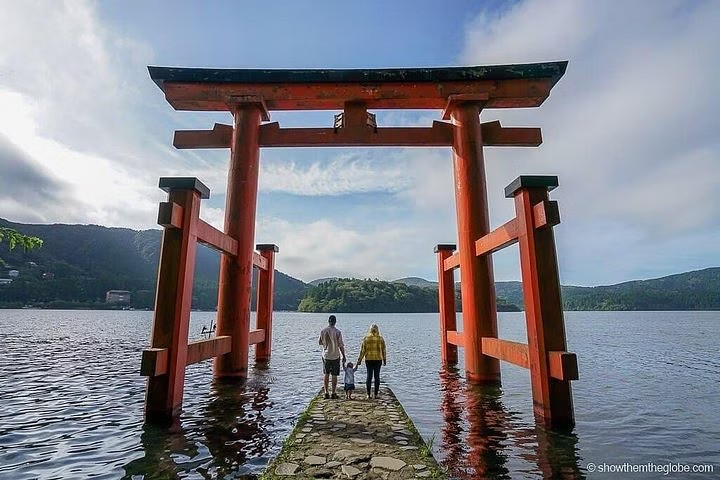
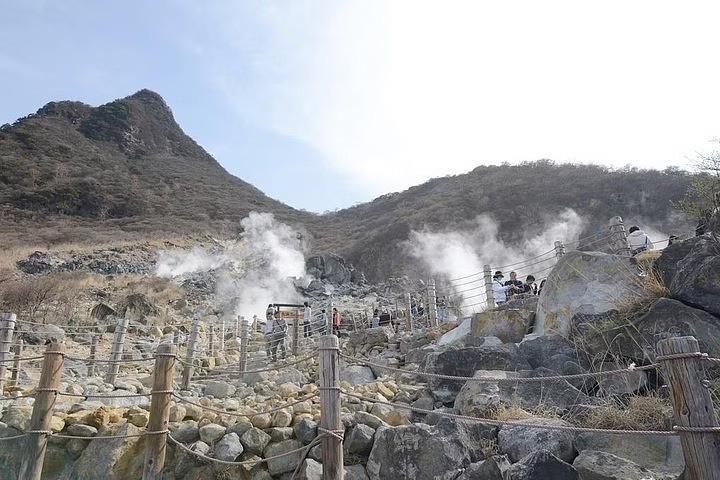
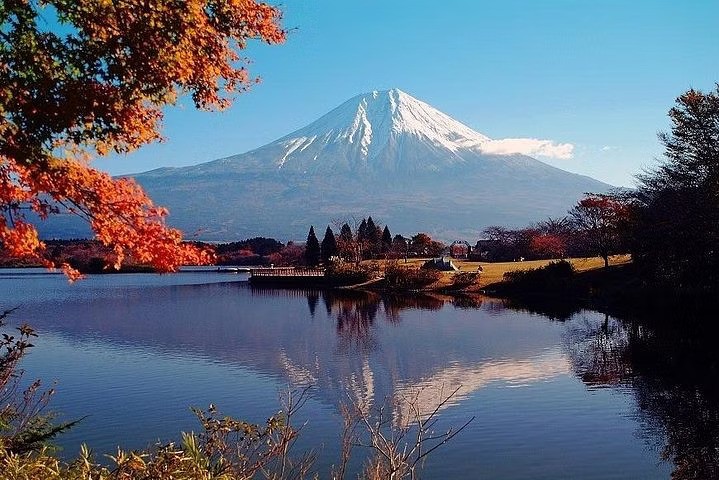
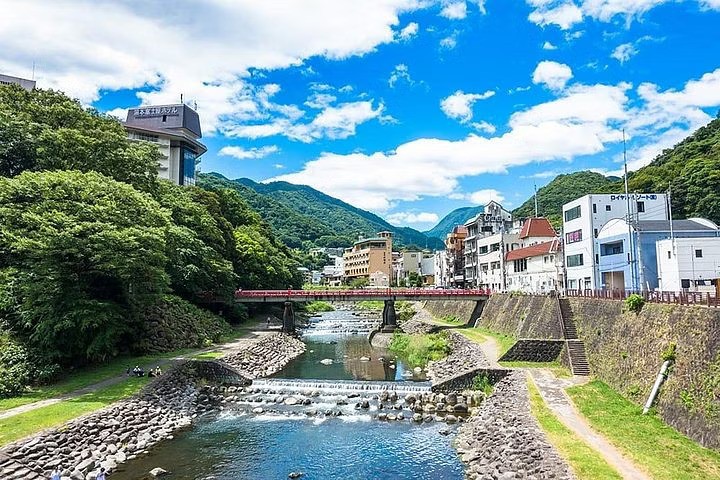
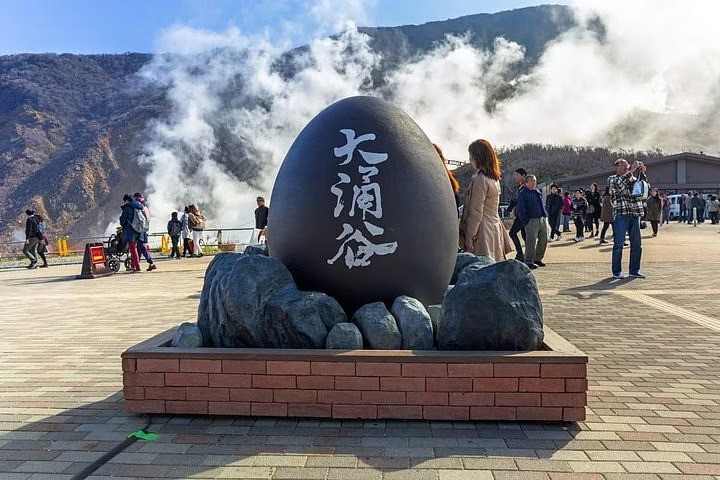
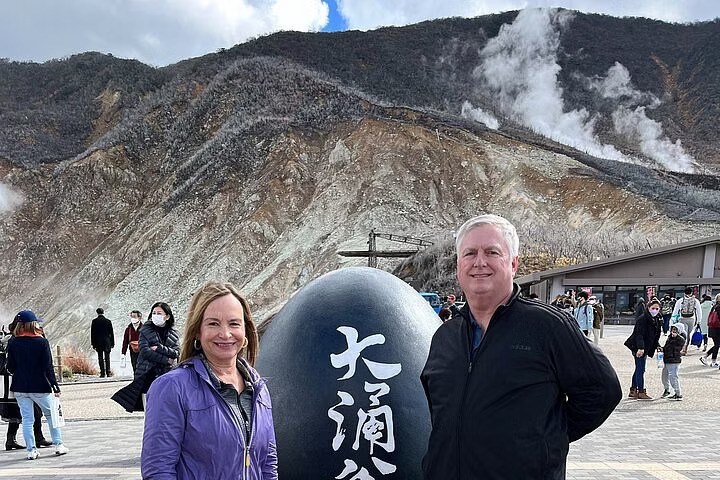
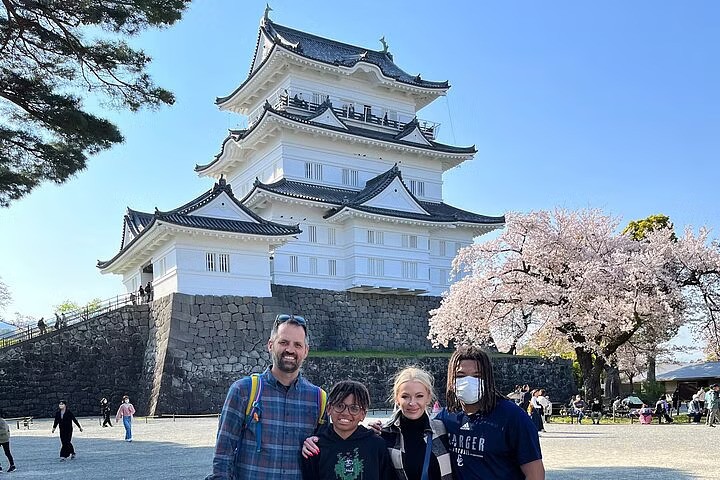
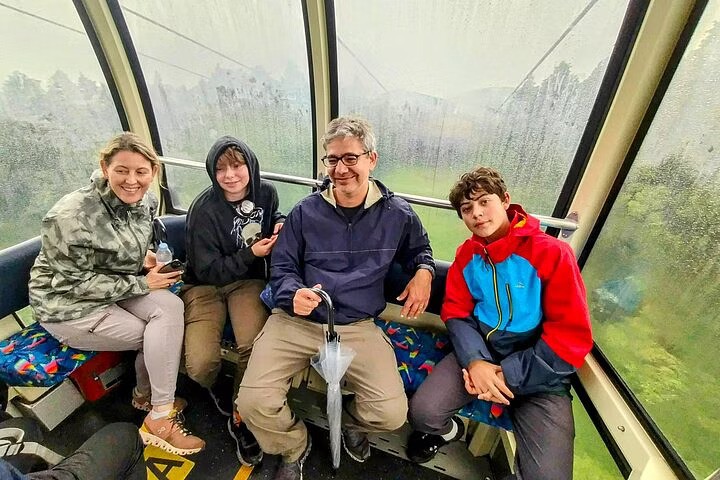
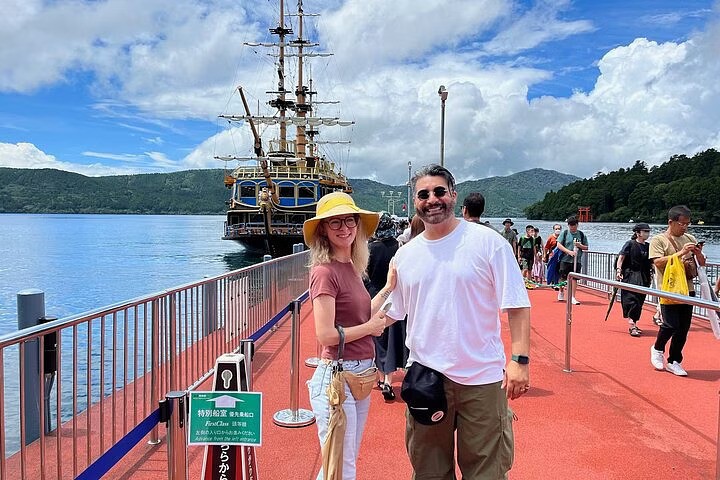
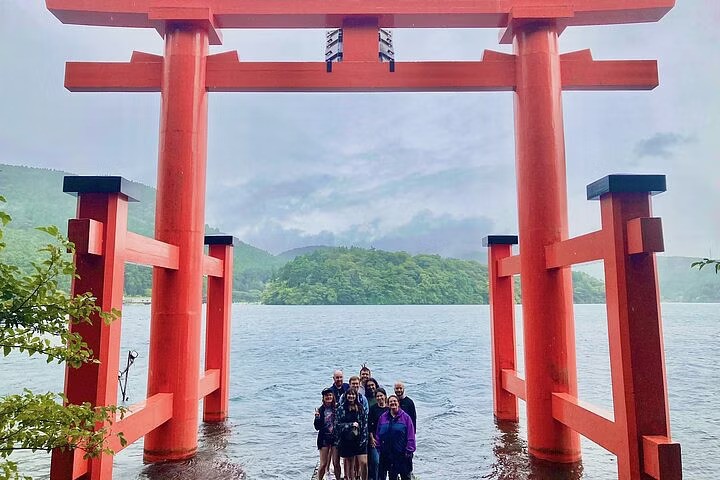










Join us to visit the beautiful mountain resort town of Hakone. Nestled in the mountains, Hakone is a place of natural and artistic wonders. Visit Owakudani to see the ever-rising sulfurous gasses from the active volcano that provides heat to the many hot springs nearby. Try the area’s famous black boiled eggs; turned black and infused with the minerals from the spring. Ride the rope way down the mountain to Lake Ashinoko for a beautiful view of Mount Fuji. Sail across the lake to visit the Torii gate by Kuzuryu shrine to the area’s 9 headed dragon deity. If you are an art fan, try visiting one of the many art museums in Hakone. Once you have made your reservation, your tour guide will be in touch with you to plan your personalized tour. Please pick between 3 – 4 place to visit. We hope to guide you soon! Please be aware that Hakone is a mountainous region.
Highlights

Explore Hakone in 10 hours!

Choose 3-4 sites to customize your own itinerary!

Guided by english speaking guide!

Duration
10 hours

Offered in
English
What is included

Licensed Local English Speaking Guide

Customizable Tour of your choice of 3-4 sites from the list

Meet up with guide on foot within designated area of Tokyo
What is not included

Round-trip train ticket from Tokyo : approx.5,000JPY(for yourself)

Transportation fees, Entrance fees, Lunch, and Other personal expenses

Private Vehicle

You cannot combine multiple tour groups.

Guide Entry fees are only covered for sights listed under What to Expect.
Embark on a 10-hour journey where you have the freedom to select 3-4 sites from a curated list to create your own personalized itinerary. This adventure offers the perfect balance of exploration and relaxation, allowing you to discover a mix of natural beauty, cultural landmarks, and serene environments. With the flexibility to choose locations that most appeal to you, you'll enjoy a day of leisurely discovery, making lasting memories as you immerse yourself in the unique atmosphere of each site.
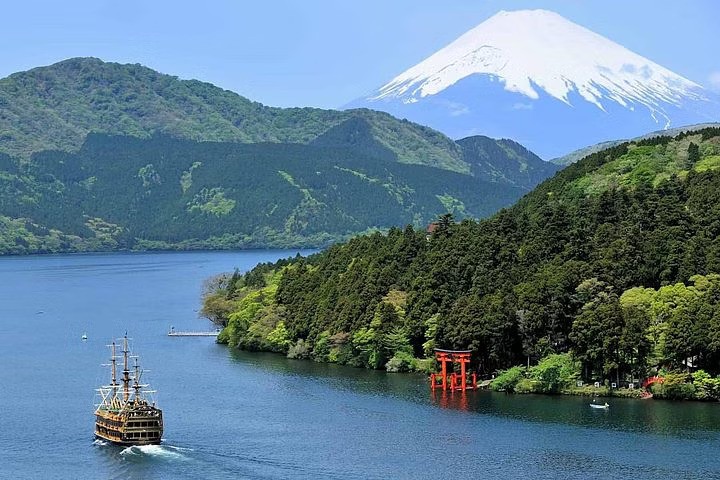
You can choose 3-4 sites from the list below!
Hakone Shrine
Hakone Shrine (箱根神社, Hakone Jinja) stands at the foot of Mount Hakone along the shores of Lake Ashi. The shrine buildings are hidden in the dense forest, but are well advertised by its huge torii gates, one standing prominently in the lake and two others over the main street of Moto-Hakone. A path leads from the torii gate in Lake Ashi up a series of steps flanked by lanterns through the forest to the main building of the shrine, which sits peacefully among the tall trees. The shrine is beautiful throughout the year and is particularly breathtaking when shrouded in mist. A second shrine, Mototsumiya ("original shrine") stands at the summit of Komagatake, one of Mount Hakone's multiple peaks. It is accessible by the Hakone Komagatake Ropeway from Hakone-en or via hiking trails.
Lake Ashinoko
Lake Ashinoko (芦ノ湖, Ashinoko) was formed in the caldera of Mount Hakone after the volcano's last eruption 3000 years ago. Today, the lake with Mount Fuji in the background is the symbol of Hakone. The lake's

JGA